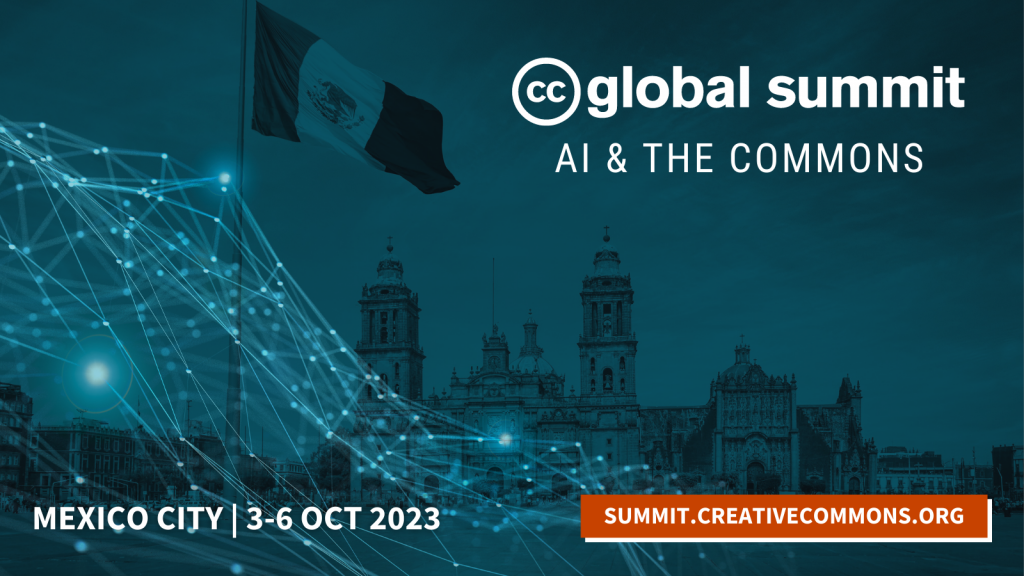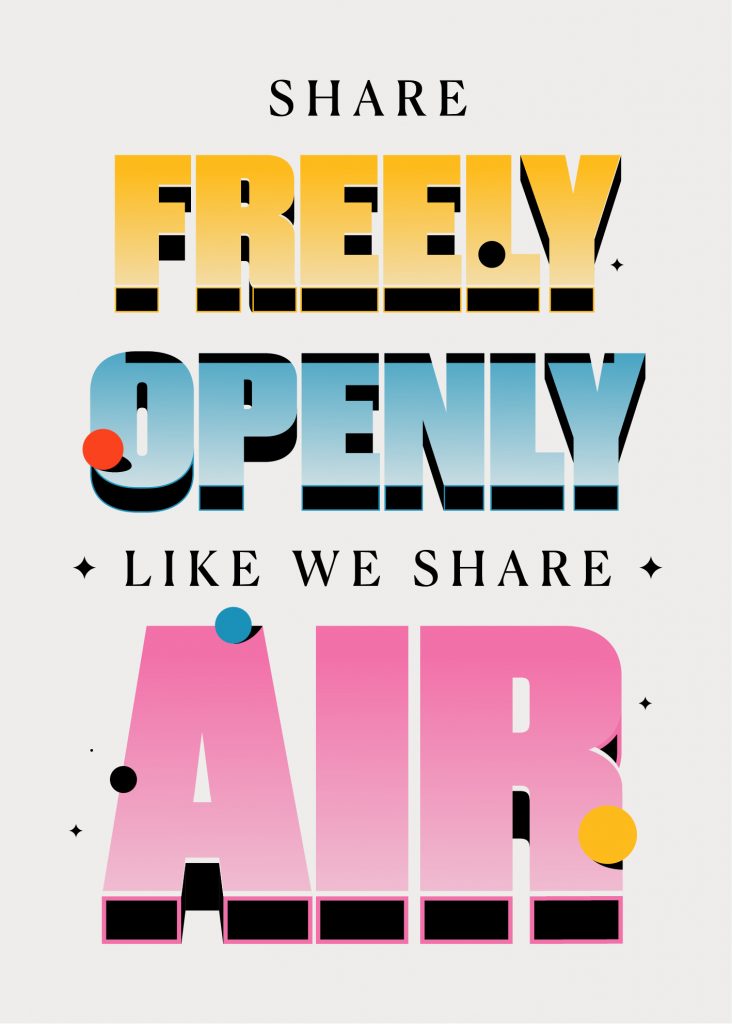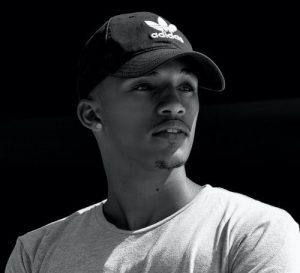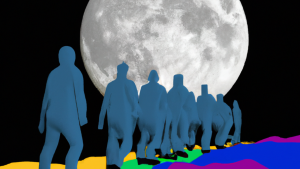2023 CC Global Summit: Registration, Call for Proposals, and Scholarships Now Open
vendredi 2 juin 2023 à 15:39
[lee esta entrada en español >]
Following our initial announcement for the 2023 Creative Commons Global Summit, we are now excited to open the next phase of preparation for this much-anticipated event, set to take place during 3–6 October 2023 in the heart of Mexico City. Today, we are opening up registration, initiating the call for proposals, and starting to accept scholarship applications.
Summit theme: AI & the commons
As preparations have evolved, we’re also honing the thematic focus for this year’s Summit to be AI & the Commons.
The increasing use of artificial intelligence (AI) has come to dominate conversations and activities across our communities. Even the term “AI” is oversimplified and contested, as it stands for a wide variety of machine learning practices and tools with different origins and uses that are not necessarily artificial (as AI is made by humans) nor intelligent (in the way that humans are). Meanwhile, creators are bringing AI tools into their work, researchers are harnessing AI to explore large datasets, and educators are using AI to help build new open educational resources. But at the same time, artists and writers are questioning how AI builds on their creations, publications like Wikipedia and scholarly journals are struggling with automated submissions powered by AI, and policymakers are adopting new AI regulations like those we see in the European Union, perhaps without considering global concerns.
The intersection between AI and the commons is complex, but one thing is clear: AI brings significant opportunities and challenges both to the commons and to CC’s strategy to support better sharing, sharing that is contextual, inclusive, just, equitable, reciprocal, and sustainable.
At CC, we’ve been exploring issues around AI for some time — for example, see our 2023 blog post series and our 2021 blog post: Should CC-Licensed Content be Used to Train AI? It Depends. But the way forward is still not clear. We need to keep going and explore AI’s complexity as a community, so we are excited to be able to have the Summit as an opportunity to further conversation, exploration, and understanding.
We will come to Summit looking to extend our understanding of AI and the commons, but the Summit will also have a wide mix of sessions, include classic CC topics that may not relate to AI, and bring together people from across the CC community to connect live in Mexico City and also virtually online for those who are not able to attend in person.
Register
Join us at the Centro Cultural Universitario Tlatelolco during 3–6 October 2023, as we convene open knowledge and culture enthusiasts from around the world to exchange ideas, develop solutions, and collectively shape the future of digital creativity and collaboration.
Expect a vibrant and diverse gathering at this year’s Summit, featuring an array of sessions including keynotes, panels, community sessions, workshops, networking opportunities, as well as art and music. So, whether you’re a tech enthusiast, a digital creator, a policy expert, or a fervent member of the CC community, there will be sessions and conversations that will engage you.
For those who can’t join us in Mexico City, we’re planning additional online/virtual gatherings before, during, and after the in-person Summit.
Propose a session
We are also thrilled to announce our call for proposals. The community program committee invites proposals that address AI and the commons and/or other topics relevant to the CC community, especially proposals that go beyond standard conference sessions to explore interactive experiences, cultural works, and collaborative outcomes. We invite all activists, creators, advocates, librarians, students, educators, lawyers, technologists, and others across the globe to submit their ideas, projects, and experiences. We welcome a myriad of presentation formats, including keynotes, panels, community sessions, workshops, networking, art, and music.
The deadline for submitting proposals is midnight Pacific Time (UTC-7) on 4 July 2023.
Apply for a scholarship
We are now accepting applications for the 2023 CC Global Summit scholarship fund until 26 June 2023. The scholarship fund exists to help cover the cost of attendance for the Summit for those who may not be able to attend otherwise. We want to make sure that as many people as possible have a chance to participate in and benefit from the CC community, regardless of their financial situation. A primary goal of the scholarships is to ensure diversity, equity, and inclusion among Summit participants. At past CC Summits, nearly 25% of all attendees received some CC scholarship support. Our scholarship recipients come from every CC world region, with a focus on ensuring that individuals from Africa, Asia-Pacific, and Latin America are well-represented.
The deadline for applying for a scholarship is midnight Pacific Time (UTC-7) on 26 June 2023.
Stay connected
Don’t miss this unparalleled experience at the 2023 CC Global Summit in Mexico City! To stay informed about CC Summit news and updates:
- Join Our Mailing List: Never miss an update! Subscribe to our mailing list and get all the latest CC Summit news delivered straight to your inbox.
- Follow Us on Social Media: Keep up with all things CC Summit by following us on your preferred social platform. We’re active on Facebook, Instagram, Mastodon, LinkedIn, and Twitter.
- Get Involved with CC on Slack: Engage directly with our team and fellow CC enthusiasts. Join our Slack community for real-time discussions and updates.
Interested in becoming a sponsor for the 2023 CC Global Summit? Learn more about our sponsorship opportunities by contacting Javaher Nooryani at javaher@creativecommons.org.
Join us in Mexico City during 3–6 October for the 2023 CC Global Summit to connect with fellow creators, innovators, and changemakers who are driving the future of #BetterSharing. Register today and secure your spot >>
The post 2023 CC Global Summit: Registration, Call for Proposals, and Scholarships Now Open appeared first on Creative Commons.


